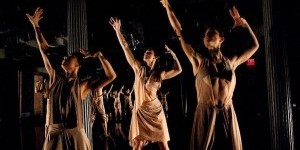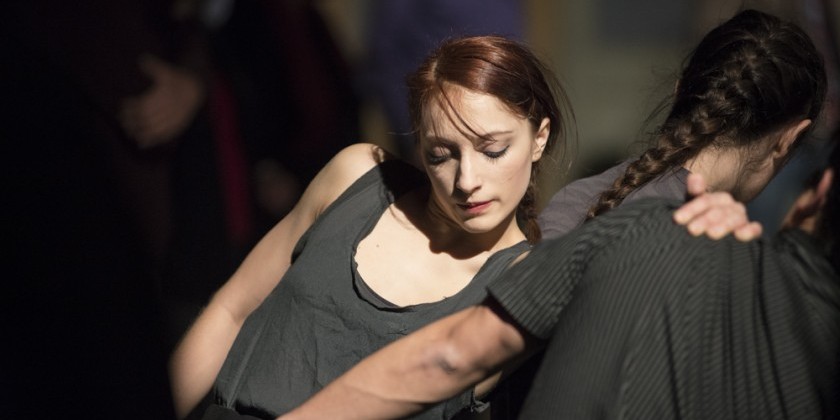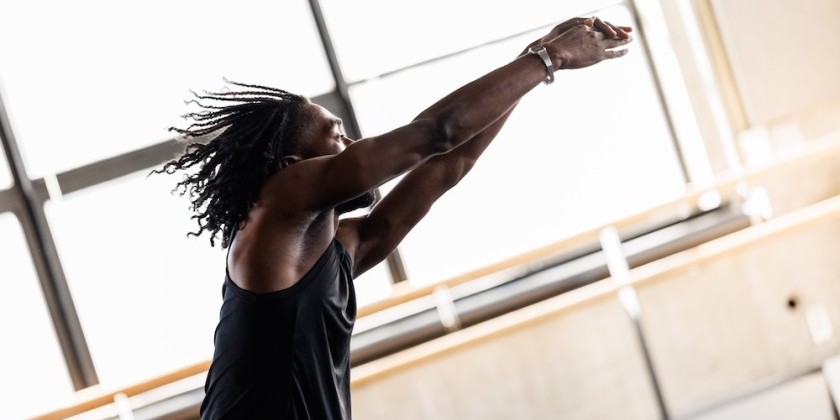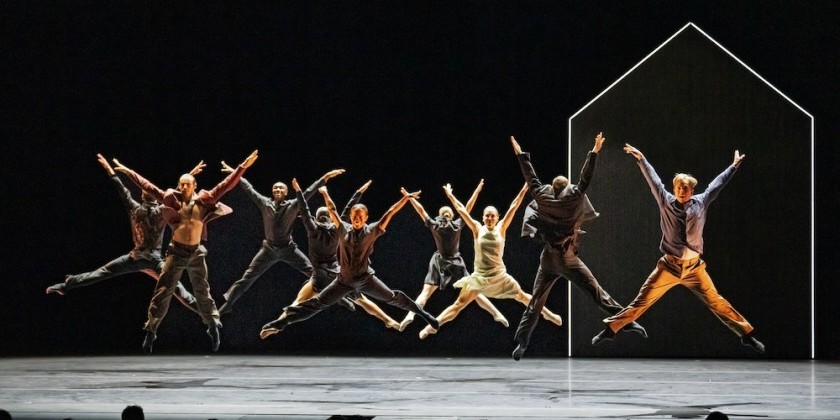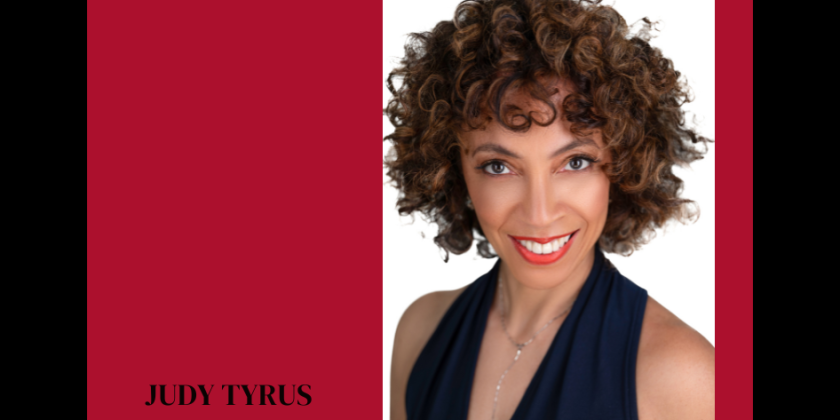Dance As Empowerment: Mana Hashimoto Creates A New Vision for Dance
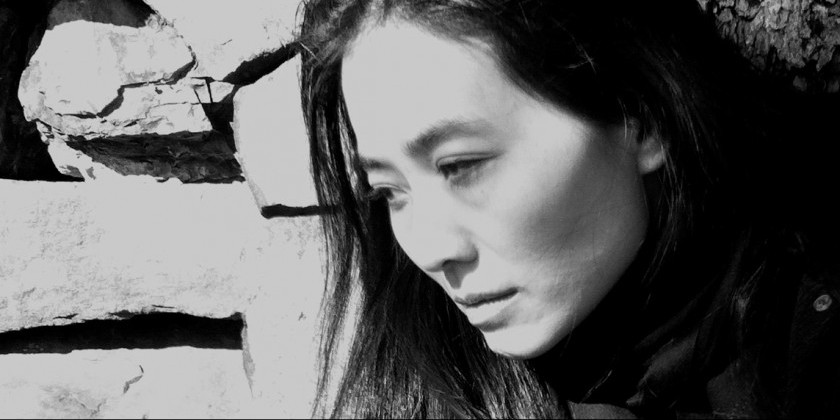
Hashimoto's "Stories of the Blind: Light, Shadow, and Wind" at FLICfest 2015
Mana Hashimoto, the choreographer and solo performer, remembers the last color she ever saw. It was blue, a whitish blue to be exact. That color, one of many on a little quilted pillow decorated with flowers in her New York apartment, had a glow illuminated by a street lamp outside her window. “One day,” Hashimoto whispers, “I realized the blue was gone.”
That tiny pillow became the means by which Hashimoto measured her loss of sight. “I remember the order of colors as they disappeared. What I saw yesterday was not there today.”
A passionate dance student at the Martha Graham School, Hashimoto was already visually impaired. Due to an unexplainable optic nerve atrophy, she lost half her eyesight as she was about to graduate high school in her native Tokyo. Hashimoto’s doctors were convinced that the initial sight loss was as far her condition would go.
At that time in Japan, there weren’t many structures of assistance available for disabled people, and culturally, it was difficult to ask for help. There is an embarrassment to appearing needy among traditional Japanese. Hashimoto explains, “Revealing there is a blind person in the family is a shame, you are expected to be ‘perfect’ and not need help.”
A friend of Hashimoto’s mother, knowing of the girl’s facility with language, recommended she go to the United States where there would be more services available to her. Trained in piano, and classical dance, and an award-winning rhythmic gymnast in junior high, Hashimoto was accepted into Boston’s Berklee College of Music as a piano and music composition major. In Boston, she also took open dance classes and saw her first contemporary dance performance - Alvin Ailey American Dance Theater. The encounter was transformative. After the Ailey show, Hashimoto realized her heart belonged to dance. A move to New York City, the nerve center of the dance profession, was inevitable.
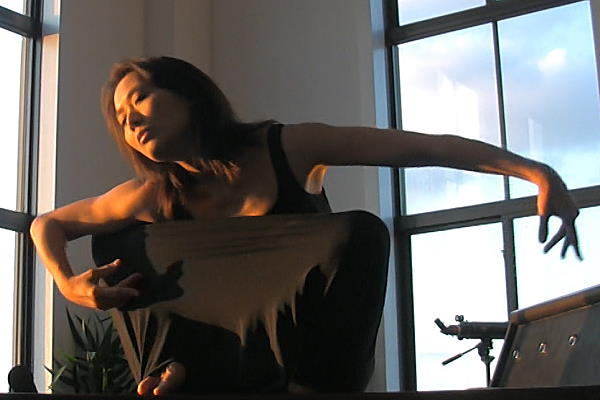
Friends accompanied her around town to help decipher street signs. Dance teachers were generous. She always stood at the front of the class where, even if she couldn't recognize the faces of her instructors, she could capture the lines and the emphasis of motion.
Then —a turning point. “A year after studying with Martha Graham, my body became weak. I was always out of breath—fatigued. It became so powerful, I couldn't leave the apartment. I began losing more sight. It was very scary.” Over six difficult months her sight loss progressed. By the end, Hashimoto was fully blind.
“After it was all gone, it was a relief to have nothing left to lose,” says the artist.“I lost my sight, but I never doubted I could dance. I had my shoulders and my arms…”
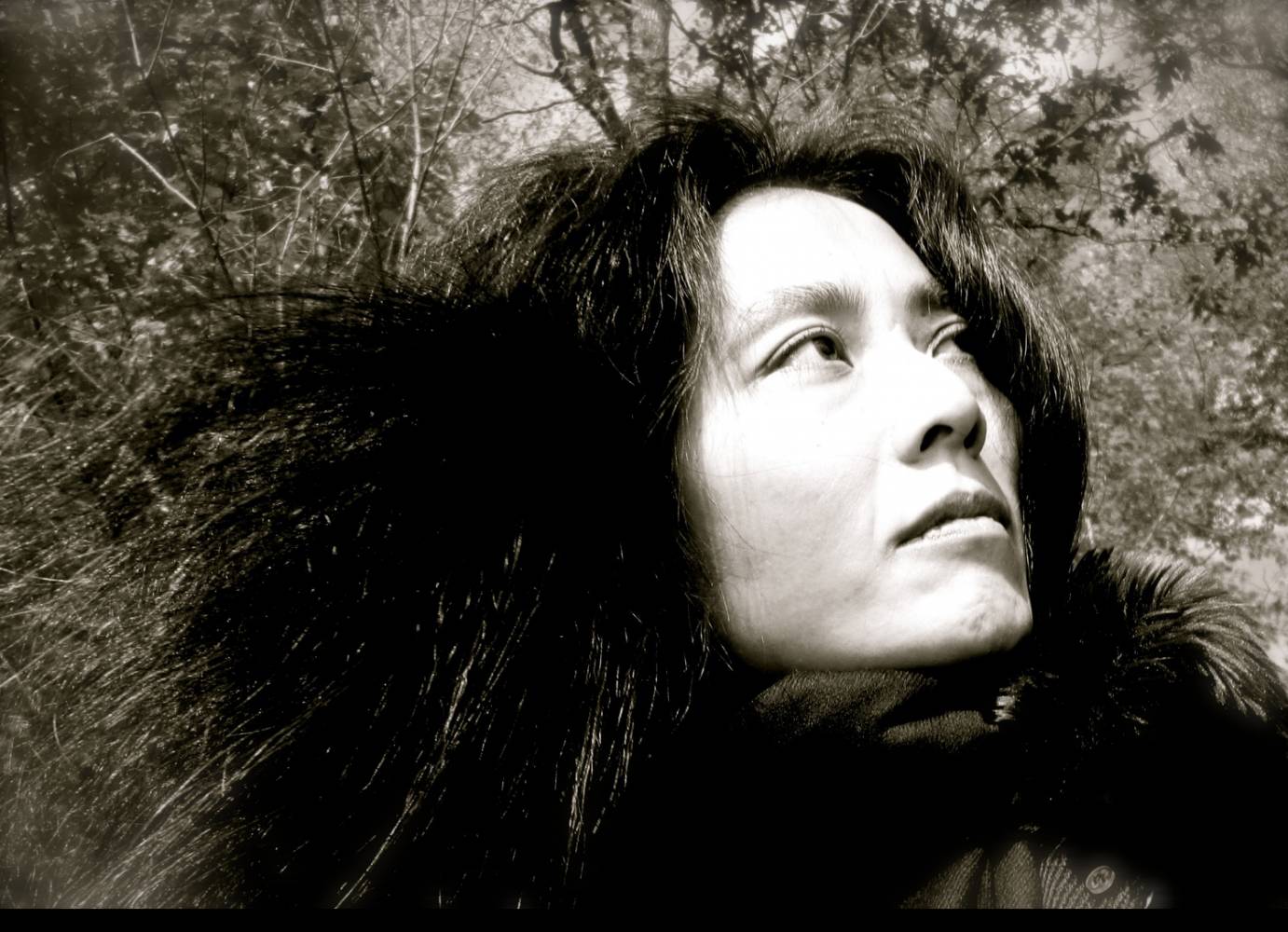
Hashimoto learned how to use a cane. When she was able to walk outside, she tried dance classes. She found ballet easy to pick up because of its repetitive nature and her history as a classical ballet student. Fellow classmates allowed her to touch their bodies as they moved. By feeling the action in certain joints or parts of the spine, she could figure out what the arms and legs were doing. Modern and Butoh classes posed more of a challenge, but she took them as well. Having lost her sight in March, Hashimoto was performing her own choreography, a duet with a friend, that June.
“I am not super,” laughs Hashimoto, “I was fragile. I had to take my time. What made me strong was the slow processing of my experience.” Hashimoto, who laughs a lot, is quick to point out the absurdities of blind life - one being the veil of holiness attributed to blind people. The idea of the blind possessing some sort of deeper vision or sanctity peeves her. “Too simple.” she says. “ I don't know if I am so special.”
She also finds the emphasis attached to “seeing” the human body slightly odd. “I guess a consciousness that I always had ( before becoming fully blind) was that in dance everything was visual. Everywhere there is a mirror. You have to be aware of how you look.” Hashimoto points out that there is more to dance than the body as it is visualized. There are other senses to be explored. Sight isn’t mandatory, life force is.
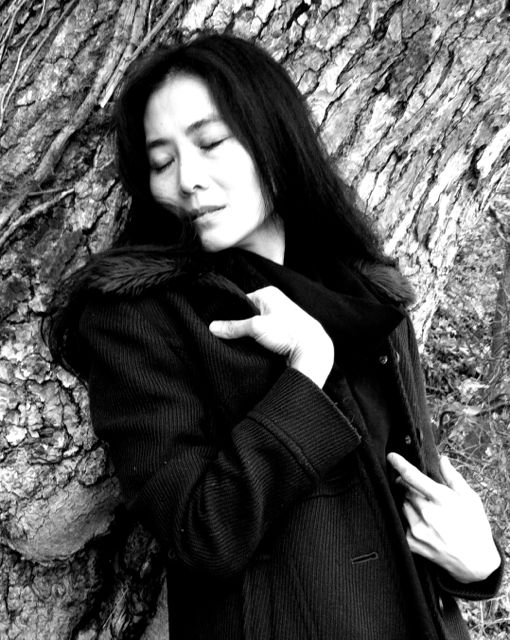
Last week, the artist presented her choreography Stories of the Blind: Light, Shadow, and Wind at Brooklyn’s FLICfest Dance Festival. She will perform the piece there again on Thursday, January 29th at 9 pm. The dance concerns her personal experiences before and after blindness. She hopes to impart a genuine understanding and empathy for sightless life. Another vital desire is that she make her dance, and dance in general, available to visually impaired audiences. While access for the visually impaired is opening up in the spheres of music, movie, and theater performance, dance lags behind.
Hashimoto is excited to pioneer dance access for the blind, and for her FLICfest performance has been working with a staff dedicated to verbally interpreting movement for sightless audiences. She has also created before and after performance tours to give her blind audience members the feel of the production's props and sets.
“Dance is the wonder of life itself,” declares Hashimoto, who looks to choreography and solo performance as a way to speak out and answer the big questions, “Where do I come from? Where am I going? Why am I here?” The stage is the landscape where she feels totally free to do so.
Schedule :Thursday January 29th 7:30pm John Zullo;9:00 pm Mana Hashimoto Friday, January 30th 7:30pm Jin Ju Song-Begin; 9:00pm CatScratch Theatre Saturday, January 31st 7:30 André Zachary; 9:00pm Nicole Wolcott




